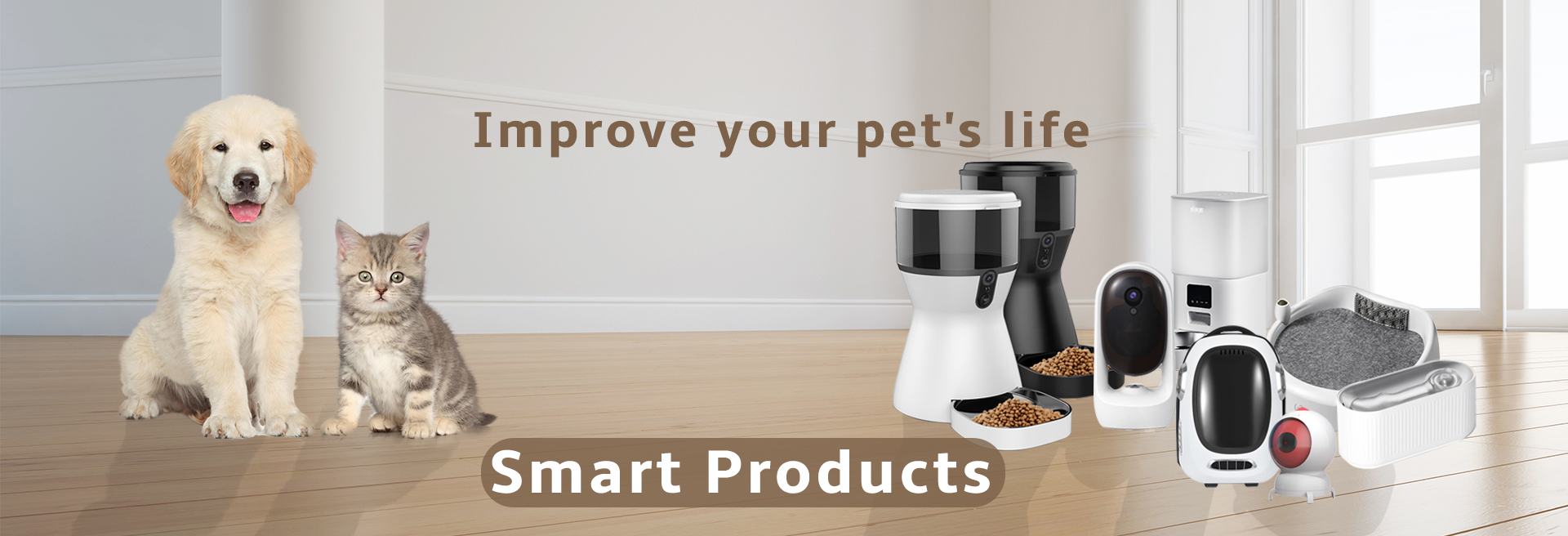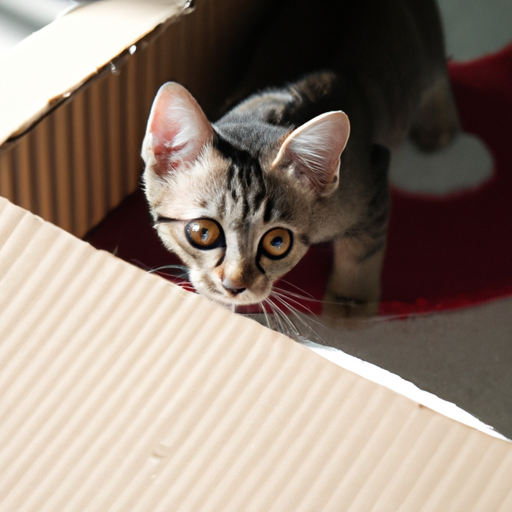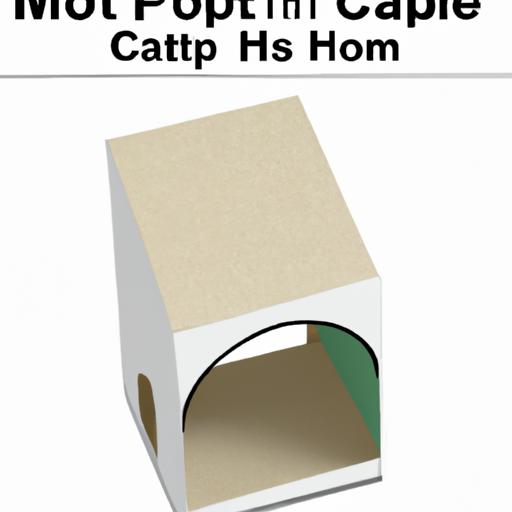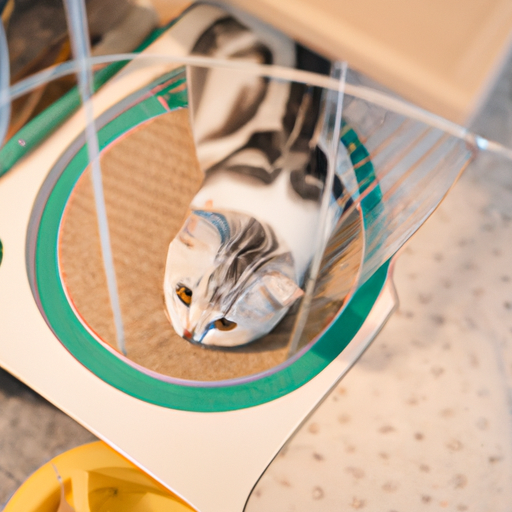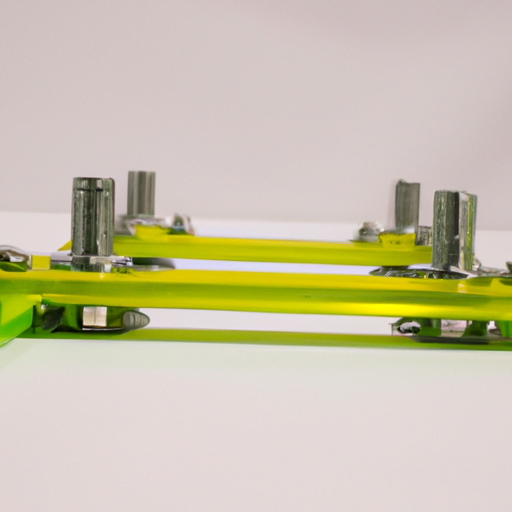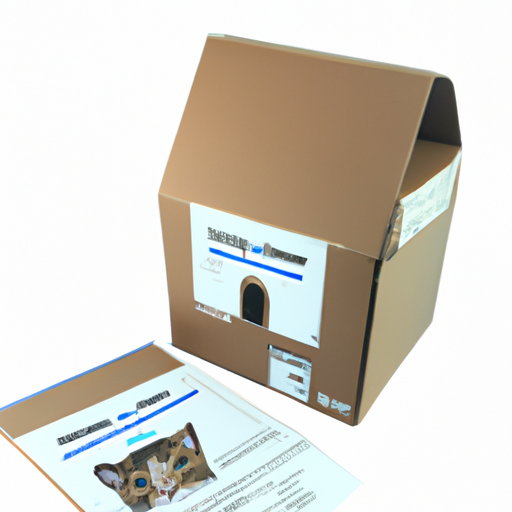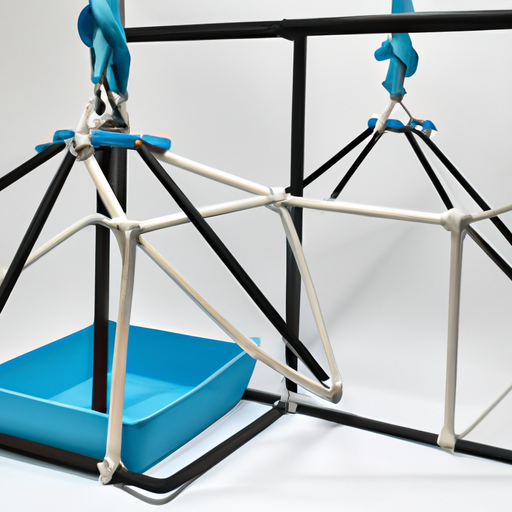Development Trends in the Picture Industry of Using Cardboard to Make Small Cat Climbing Frames
I. Introduction
The pet industry has witnessed remarkable growth over the past few years, with pet owners increasingly seeking innovative and engaging products for their furry companions. Among these products, cat climbing frames have gained significant popularity, providing cats with the opportunity to exercise, explore, and satisfy their natural instincts. As the demand for such products rises, so does the need for sustainable materials that align with the values of environmentally conscious consumers. Cardboard, a versatile and eco-friendly material, has emerged as a leading choice for crafting small cat climbing frames. This article explores the development trends in the cardboard cat climbing frame market, highlighting the intersection of sustainability, design innovation, and consumer preferences.
II. The Rise of Eco-Friendly Pet Products
A. Increasing Consumer Awareness of Sustainability
In recent years, there has been a notable shift in consumer behavior towards sustainability. Pet owners are becoming increasingly aware of the environmental impact of their purchasing decisions, leading to a growing demand for eco-friendly products. This trend is not limited to food and grooming supplies; it extends to pet furniture and accessories as well. As consumers prioritize sustainability, they are more likely to choose products made from renewable and biodegradable materials.
B. Cardboard as a Sustainable Alternative
Cardboard stands out as a sustainable alternative in the pet product market for several reasons. Firstly, it is biodegradable and recyclable, making it an environmentally friendly choice. Unlike plastic, which can take hundreds of years to decompose, cardboard breaks down naturally, reducing landfill waste. Additionally, the production of cardboard has a lower carbon footprint compared to traditional materials like wood and plastic, making it an attractive option for eco-conscious consumers.
III. Innovations in Cardboard Design and Manufacturing
A. Advances in Cardboard Technology
The cardboard industry has seen significant advancements in technology, leading to improvements in the strength and durability of cardboard products. Modern cardboard is engineered to withstand wear and tear, making it suitable for active pets. Manufacturers are now able to create lightweight yet sturdy designs that can support the weight of climbing cats while remaining easy to assemble and move.
B. Customization and Modular Designs
Another exciting trend in the cardboard cat climbing frame market is the rise of customization and modular designs. Many brands are now offering interchangeable parts that allow pet owners to personalize their climbing frames according to their cats' preferences and their living spaces. This adaptability not only enhances the user experience but also encourages creativity, as pet owners can design unique climbing structures that fit their home decor.
IV. Aesthetic Trends in Cat Climbing Frames
A. Design Influences from Modern Interior Decor
As pet ownership becomes more integrated into modern lifestyles, the aesthetic appeal of pet products has gained importance. Cat climbing frames are no longer just functional; they are also designed to complement contemporary interior decor. Minimalist and contemporary styles are trending, with clean lines and neutral colors that blend seamlessly into various home environments. Additionally, unique patterns and textures are being incorporated to add visual interest.
B. The Role of Visual Appeal in Consumer Choices
The visual appeal of cat climbing frames plays a crucial role in consumer choices. With the rise of social media and influencer culture, pet owners are increasingly influenced by the aesthetics of pet products. Brands are leveraging this trend by focusing on marketing strategies that highlight the design and style of their cardboard climbing frames. Eye-catching visuals and engaging content on platforms like Instagram and Pinterest are driving consumer interest and encouraging purchases.
V. The Role of Technology in Product Development
A. Use of 3D Printing in Creating Prototypes
Technology is revolutionizing the way pet products are developed, and 3D printing is at the forefront of this transformation. Manufacturers are utilizing 3D printing to create rapid prototypes of cardboard climbing frames, allowing for quick design testing and iteration. This technology enables brands to experiment with different shapes, sizes, and features, ultimately leading to more innovative and functional products.
B. Integration of Smart Technology
In addition to design advancements, the integration of smart technology is becoming increasingly popular in the pet product market. Some cardboard climbing frames are now incorporating interactive elements and sensors that enhance the user experience for both cats and their owners. Features such as built-in toys, treat dispensers, and activity trackers are being integrated into climbing frames, providing added value and engagement for pets.
VI. Market Trends and Consumer Preferences
A. Demographic Shifts in Pet Ownership
The demographics of pet ownership are evolving, with younger generations, particularly millennials and Gen Z, becoming significant consumers in the pet market. These younger pet owners tend to prioritize sustainability, aesthetics, and functionality in their purchasing decisions. Additionally, the rise of urban living has led to an increase in pet ownership in smaller living spaces, creating a demand for compact and versatile climbing frames that can fit into limited areas.
B. Price Sensitivity and Value Perception
While consumers are increasingly willing to invest in sustainable products, price sensitivity remains a crucial factor in purchasing decisions. Pet owners are looking for a balance between affordability and quality. Brands that can effectively communicate the value of their cardboard climbing frames, emphasizing their durability, design, and eco-friendliness, are more likely to succeed in this competitive market.
VII. Challenges and Limitations
A. Durability Concerns of Cardboard Products
Despite the advancements in cardboard technology, durability remains a concern for many consumers. Active pets can put significant wear and tear on climbing frames, leading to questions about the longevity of cardboard products. Manufacturers are addressing these concerns by developing solutions to enhance the durability of cardboard climbing frames, such as using reinforced materials and protective coatings.
B. Competition from Traditional Materials
Cardboard climbing frames face competition from traditional materials like wood and plastic, which are often perceived as more durable and long-lasting. To position cardboard products effectively in the market, brands must highlight their unique benefits, such as sustainability, customization, and aesthetic appeal. Educating consumers about the advantages of cardboard can help overcome the stigma associated with its durability.
VIII. Future Directions and Opportunities
A. Potential for Collaboration with Designers and Artists
The future of the cardboard cat climbing frame market holds exciting opportunities for collaboration with designers and artists. Unique, limited-edition designs can attract consumers looking for exclusive products that stand out in the market. Engaging with the creative community can lead to innovative designs that resonate with pet owners and enhance the overall appeal of cardboard climbing frames.
B. Expanding Product Lines
As the market for cardboard cat climbing frames continues to grow, there is potential for brands to expand their product lines. Accessories and complementary products, such as scratching posts, toys, and bedding, can create a cohesive ecosystem for pet owners. Additionally, subscription models or bundles that offer a variety of products at a discounted rate can attract consumers looking for convenience and value.
IX. Conclusion
The development trends in the cardboard cat climbing frame market reflect a broader shift towards sustainability, innovation, and consumer engagement in the pet industry. As pet owners increasingly prioritize eco-friendly products, cardboard has emerged as a viable and attractive option for creating climbing frames that are both functional and stylish. With advancements in design, technology, and consumer preferences shaping the market, the future of cardboard climbing frames looks promising. Brands that embrace sustainability, aesthetics, and innovation will be well-positioned to thrive in this evolving landscape, ultimately enhancing the lives of pets and their owners alike.
X. References
1. Pet Industry Market Size and Trends Report
2. Sustainable Materials in Pet Products: A Comprehensive Study
3. The Impact of Social Media on Pet Product Marketing
4. Advances in Cardboard Technology: A Review
5. Consumer Preferences in the Eco-Friendly Pet Product Market
This blog post provides a comprehensive overview of the development trends in the cardboard cat climbing frame market, highlighting the importance of sustainability, design innovation, and consumer engagement in shaping the future of pet products.
